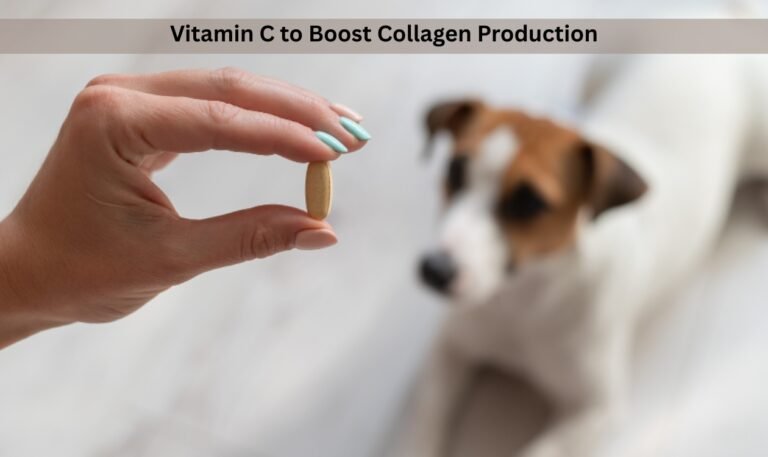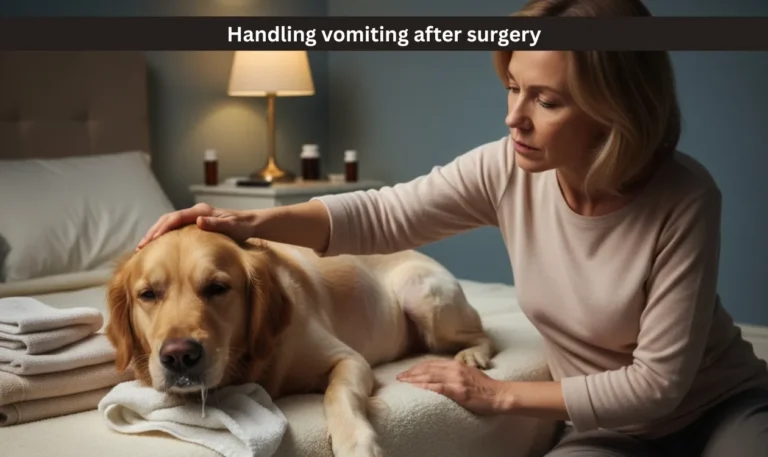Home Made Dog Food After Neutering: The Ultimate Recovery Guide
Home Made Dog Food After Neutering : Discover safe recipes, soft meals, and balanced nutrition to support healing, boost energy, and ensure your dog’s smooth recovery.
Neutering is also a significant period in the life of a dog, as well as it causes transformations in the metabolism, hormones, and appetite. The nutritional requirements of your dog change, and after neutering, feeding a dog homemade food may help restore energy and do the recovery. The properly prepared home diet supplies natural and fresh nutrients which the commercial foods do not have.
The combination of ingredients is the key to the proper your dog care, a healthy weight, and an active one. With easy-to-absorb and nutritious dog food based on soft food, you can make the process of recovery comfortable and contribute to the long-term well-being of your dog.
Why Homemade Food Is Best After Neutering
Neutering is a procedure that leads to hormonal shifts that may slow down metabolism and predispose dogs to weight gain. Home-cooked meals allow you to control ingredients and portion sizes without unhealthy fillers or preservatives. They contain natural minerals and vitamins needed during recovery. Balanced homemade diets also support nutrient bioavailability the body’s ability to absorb and use nutrients effectively.
Home cooked meals will also make sure that the dog meal is easy to digest. Post-surgery requirements, such as lean meat and vegetables and grains, can be customized to ensure that you get your pet back on their feet sooner on healthy food.
Nutritional Needs of Neutered Dogs
Neutered dogs have lower caloric requirements, although they need higher concentrations of nutrient foods. Protein assists in repairing the tissues and fiber aids in digestion. Healthy fats such as omega-3s help in controlling inflammation and joints and this makes them an essential part of recovery.

Sources of carbohydrates such as rice or sweet potatoes provide a lot of energy without any unnecessary calories. Proper proportions of macronutrients can ensure that your dog achieves the best weight and also ensures a quicker recovery of the surgical process.
Best Ingredients for Homemade Dog Food After Neutering
It is all about selecting the correct ingredients. Chicken, turkey and fish contain lean proteins that are sources of amino acids used in the muscles to build them. Carrots, spinach, and pumpkin are some of the vegetables that provide immunity by supplying vitamins and antioxidants.
Brown rice or oatmeal are whole grains that provide your dog with fibre, support digestion, and help keep them fuller for longer. You should avoid ingredients like onions, garlic, or excessive salt because they can harm your dog’s health and slow down the recovery process. High-fibre foods also support gastrointestinal integrity the proper functioning and protection of the digestive tract
Simple Homemade Meal Recipes for Recovery
A dog needs gentle care after surgery, along with easy, digestible meals to soothe the stomach. Such dog recovery meals may include a basic recipe of boiled chicken, rice, and pumpkin purée all soft and easy on digestion. Mashed sweet potatoes can also be added, or fish can be used to provide a rich source of protein and a balanced diet.
Add some dribbles of cooked vegetables as a source of fiber and nutrients. Minimum of the initial few days should avoid heavy fats and oils. The higher the appetite of your dog, the more you can add variety of food and increase the amount of food.
How to Maintain Portion Control
With neutering, your dog will burn less energy and become less active. This can lead to weight gain if overfed. Offer small, regular meals throughout the day instead of large ones. This helps prevent bloating and supports healthy digestion. Smaller, spaced meals also promote glycaemic stability — keeping blood sugar levels steady for better metabolism.
Weigh your ingredients. Follow a recommended feeding program by your veterinarian and monitor the weight of your dog after every week. Going by their energy requirements and physical activity during recovery, adjust the size of meals.
Soft Foods for Easier Digestion
During the early days of the operation, soft food is preferred. They are not harsh to the digestive system and can be used to prevent nausea. Good alternatives to soft textured meals are boiled chicken, rice, scrambled eggs, and plain yogurt.
Meals can be made more attractive and moist by adding a small portion of warm water or low-sodium broth. When your dog begins to feel better, you can gradually introduce firmer homemade foods with added nutritional value. This step-by-step transition also supports digestive assimilation the process in which nutrients are absorbed and utilized by the body
Hydration and Feeding Tips
Good water will assist in digestion and rapid recoveries. You should always have fresh water and make sure that you give your dog water to drink frequently. When they are not consuming enough, make an attempt to drink some water mixed with broth or some ice cubes to maximize fluid intake.

Eat less, but take frequent meals to not overload the stomach of your dog. Follow-up on eating habits closely – vomiting, poor appetite or even energy loss could be a reason to visit the vet and assure and receive help.
Supplements to Support Recovery
Homemade meals can be missing some vitamins or minerals and the vitamins or minerals can be supplemented through the use of supplements. Healing and enhancing immunity is facilitated by Omega-3 fatty acids, probiotics, joint supplements.
Always ask your veterinarian to add in supplements since too much supplementation is detrimental since it leads to imbalances. Its purpose is to supplement a natural home made diet in order to make sure your dog gets all that it requires to get back on its feet.
Foods to Avoid After Neutering
Dogs cannot eat all human foods – most particularly those that are used in recovery. Processed meats, fried food, chocolate, grapes, onions, and garlic should be avoided. These will cause dissatisfaction to the stomach of your dog and can even be poisonous.
Reduce salt and fatty foods that cause digestion complications or weight gain. Feed plain, nutritious, veterinarian-approved foods that support slow healing and long-term health. Excess fatty foods may also contribute to lipotoxicity harmful fat accumulation affecting organs.
Transitioning Back to Regular Diet
Once the appetite and activity of your dog returns to normal after some time of about one week or two, then you can gradually resume their normal meals. Combine the homemade food with a little dry kibble to facilitate the process of digestion and avoid treating the dog to unfamiliar diets.
Add kibble bits slowly till your pet dog is fully weaned. Keep up with a few homemade meals every now and then, they are the best in the variety and provide long-term well-being.
FAQs : Home Made Dog Food After Neutering
Conclusion
Neutering and feeding home-cooked dog food are some of the most effective methods of having safe, healthy, and balanced recovery. Knowing the right amount of your dog’s food, the right hydration and using natural ingredients, you will be able to provide your dog with all the nutrients that would allow your dog to feel strong and feel better.
Home cooked diets do not only encourage a quicker healing process but also help to bond your pet and yourself. Homemade meals are not only comforting, nourishing, and loving when cared and properly guided, but they are also devoid of judgment.




